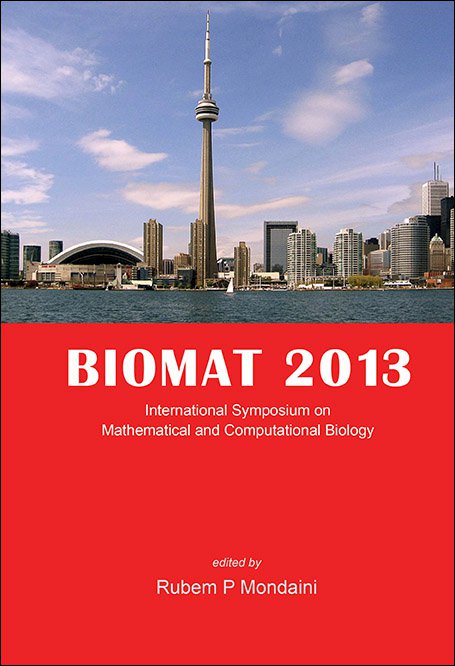MODELLING MALARIA DYNAMICS IN TEMPERATE REGIONS WITH LONG TERM INCUBATION PERIOD
The incubation period of malaria can vary depending on the species of parasite or the geographic regions. In particular, in endemic areas of temperate climate, the incubation period of Plasmodium vivax shows bimodal distribution of short and long term incubation periods. In this paper, we compare two transmission models for P. vivax malaria, where we model the long term incubation period using ordinary differential equations or delay differential equations. We show that, while the qualitative behaviors of the two models are similar, the ODE model overestimates the basic reproduction number and also the level of endemicity, compared to the DDE model. However, when we incorporate seasonality, the interplay of the time delay and the periodicity results that in some situations the DDE model predicts higher prevalence of malaria.


